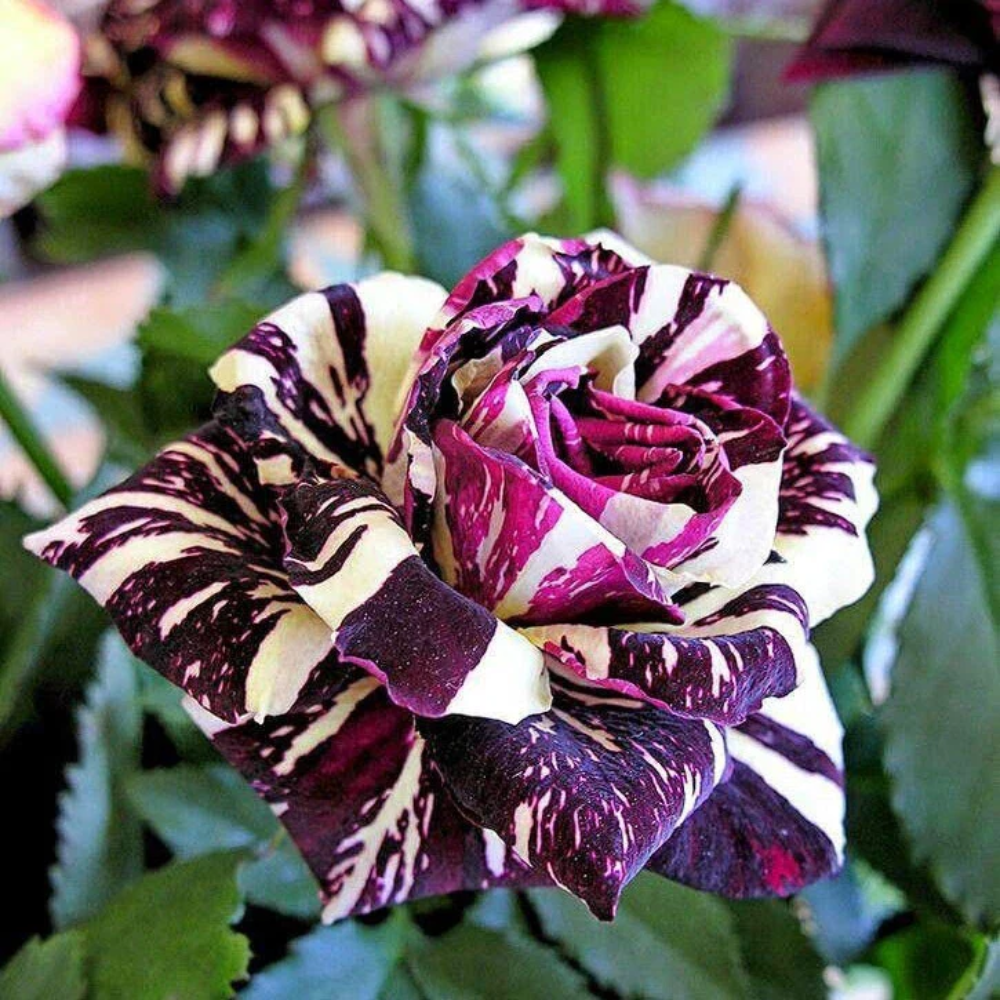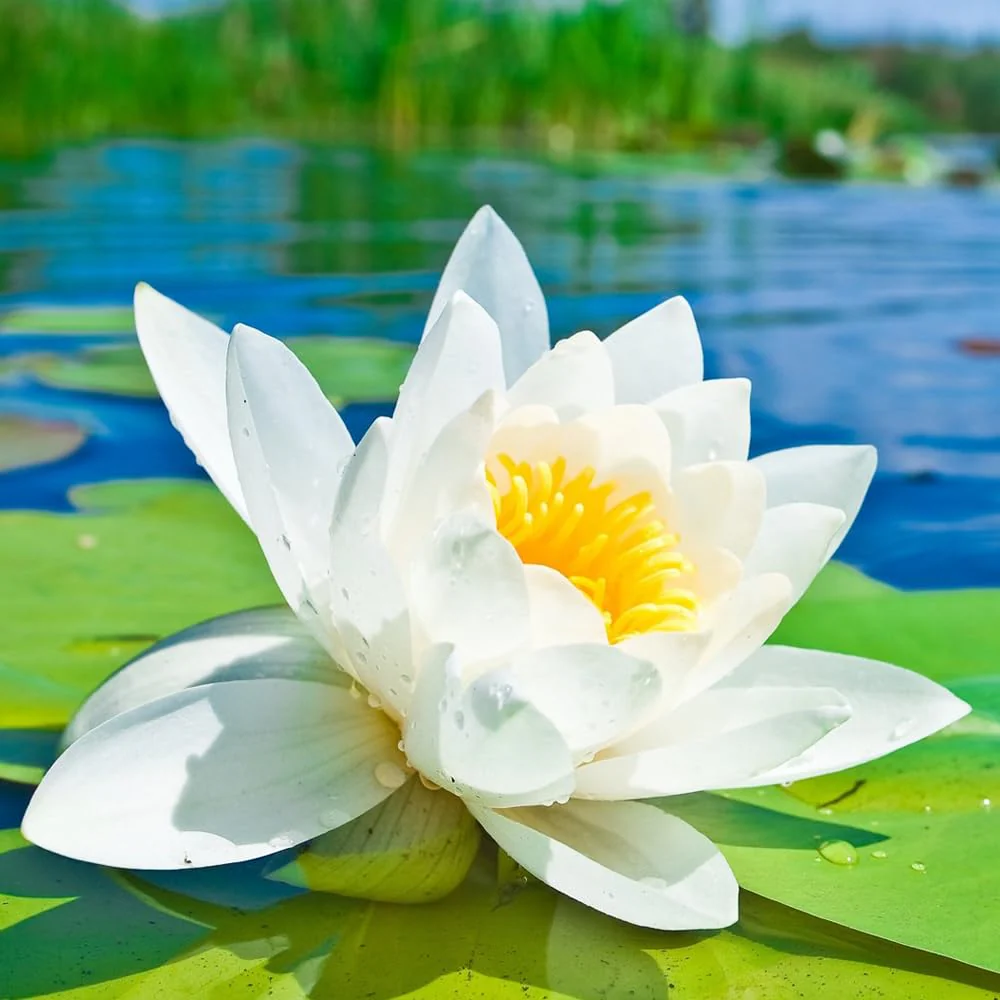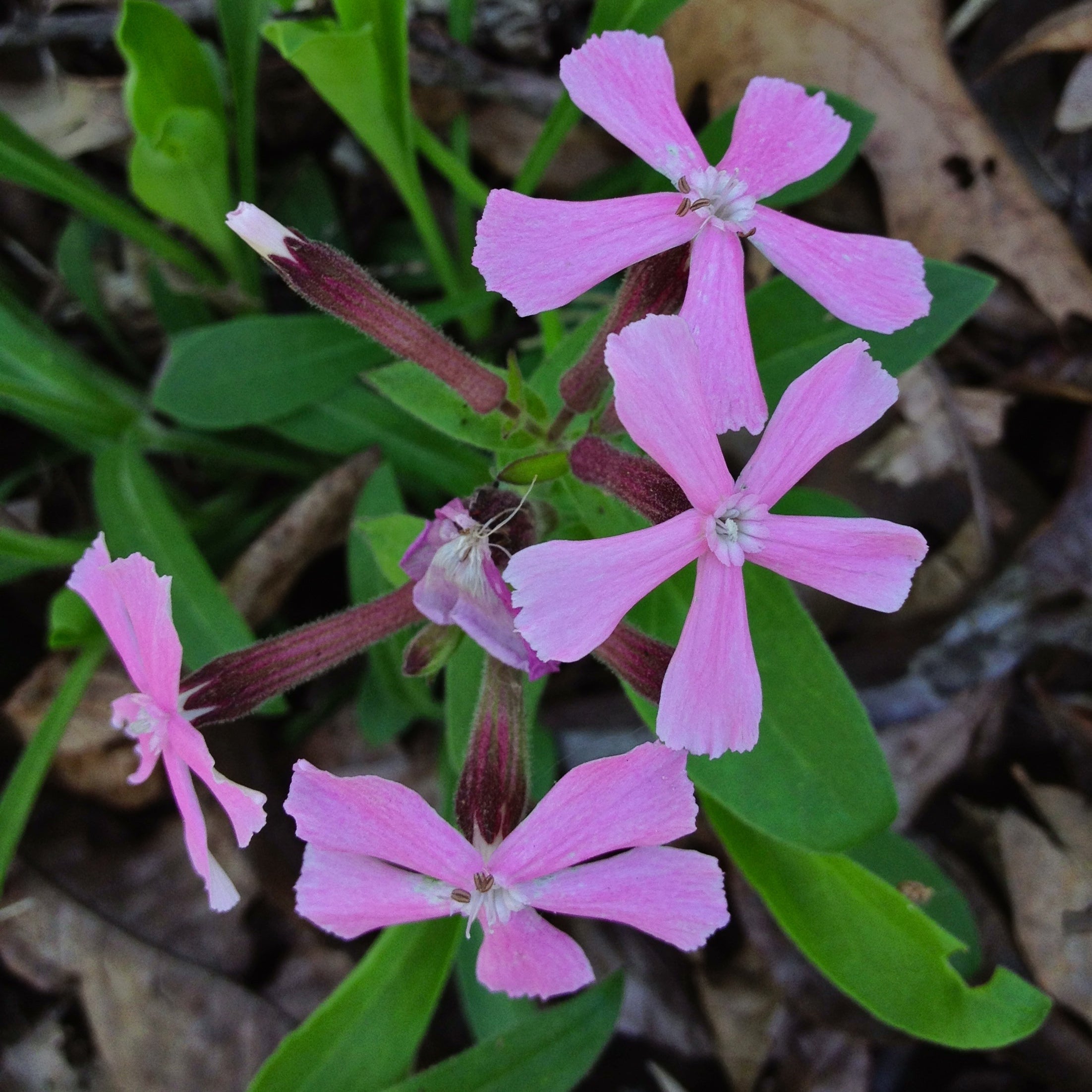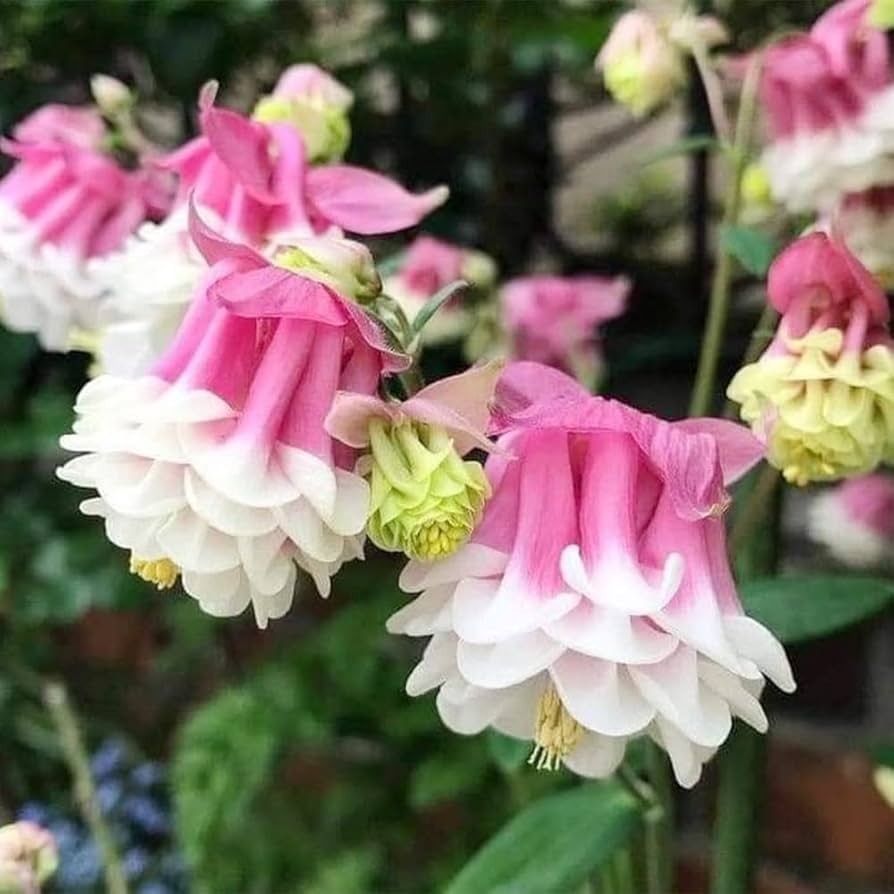Quando si tratta di far germogliare con successo i semi, non tutte le varietà spuntano solo con calore e acqua. Alcuni semi, specialmente quelli di fiori, frutti, erbe e alberi autoctoni, richiedono un segnale ambientale specifico per "svegliarsi" dalla dormienza. Questo stimolo naturale è noto come stratificazione a freddo—un processo che imita le condizioni invernali per preparare i semi alla germinazione.
In questa guida, esploreremo cos'è la stratificazione a freddo, perché è importante e come puoi farla a casa per garantire piantine forti e sane.

Cos'è la stratificazione a freddo?
La stratificazione a freddo è un metodo che consiste nell'esporre i semi a condizioni fredde e umide per rompere la dormienza e stimolare la germinazione. Molti semi si sono evoluti in climi temperati dove cadono in autunno, rimangono dormienti durante il freddo inverno e germogliano in primavera quando le condizioni sono favorevoli.
La stratificazione a freddo ricrea artificialmente questo periodo di riposo invernale quando si avviano i semi in casa o fuori stagione. Senza questo processo, alcuni semi potrebbero non germinare affatto, indipendentemente da quanta acqua o calore si fornisca.
Perché alcuni semi hanno bisogno della stratificazione a freddo?
I semi di alcune specie sono programmati geneticamente per rimanere dormienti fino a dopo un periodo di freddo. Questo previene la germinazione prematura in autunno inoltrato e garantisce che la piantina emerga in primavera quando le possibilità di sopravvivenza sono maggiori.
Piante comuni che beneficiano o richiedono la stratificazione a freddo:
-
Lavanda
-
Echinacea (fiori a cono)
-
Asclepias
-
Fragole
-
Lupini
-
Molti fiori selvatici e erbe autoctone
Per i giardinieri, comprendere la stratificazione a freddo può migliorare i tassi di germinazione dei semi, specialmente per fiori perenni, frutti ed erbe medicinali.
Come stratificare a freddo i semi
La stratificazione a freddo è semplice e può essere fatta a casa usando uno dei vari metodi. Gli elementi chiave sono freddo, umidità e tempo.

Metodo 1: Asciugamano di carta in sacchetto di plastica (Metodo frigorifero)
-
Inumidisci un asciugamano di carta (non zuppo, solo umido).
-
Posiziona i semi su una metà, poi piega l'asciugamano sopra.
-
Inserisci l'asciugamano in un sacchetto con chiusura a zip etichettato.
-
Conserva in frigorifero a 2°C-5°C (36°F-41°F).
-
Conserva per 2-8 settimane a seconda della varietà di semi.
-
Controlla settimanalmente la presenza di muffa e germogli precoci.
Metodo 2: In sabbia o vermiculite
-
Mescola i semi con sabbia umida, torba o vermiculite in un contenitore.
-
Sigilla in un sacchetto di plastica o contenitore e conserva in frigorifero.
-
Stratifica per il periodo raccomandato, solitamente da 2 a 12 settimane.
-
Semina direttamente dopo la stratificazione o una volta che compaiono le punte delle radici.
Metodo 3: Stratificazione all'aperto (Metodo naturale)
-
Semina i semi in vasi o cassette e posizionali all'aperto in tarda autunno.
-
Copri con una rete per proteggere dagli animali.
-
Lascia che la natura fornisca freddo e umidità durante l'inverno.
-
La germinazione avverrà naturalmente in primavera.
Per quanto tempo devono essere stratificati i semi?
I tempi di stratificazione variano a seconda della specie vegetale. Ecco alcune linee guida generali:
| Tipo di Seme | Tempo di stratificazione |
|---|---|
| Lavanda | 30 a 40 giorni |
| Echinacea | 30 giorni |
| Asclepias | 30 a 60 giorni |
| Fragole | 14 a 21 giorni |
| Lupino | 4 a 6 settimane |
Controlla sempre la bustina di semi o la varietà specifica per i migliori risultati.
Consigli per una stratificazione a freddo di successo
-
Etichetta tutto con nome del seme e data di inizio.
-
Usa strumenti puliti per evitare muffa.
-
Non congelare a meno che non sia specificamente richiesto.
-
Evita di annaffiare troppo—solo umido, non bagnato.
-
Mantieni lo spazio del frigorifero sicuro da contaminanti (non conservare vicino a cibi crudi).

Considerazioni finali
Se stai pianificando di coltivare fiori, frutti o erbe autoctoni da seme, imparare il processo di stratificazione a freddo può migliorare significativamente il successo della germinazione. Potrebbe richiedere un po' di tempo e pianificazione in più, ma è un passaggio essenziale per molte piante e una parte affascinante dello sviluppo naturale del seme.
Esplora un'ampia gamma di varietà di semi a stratificazione fredda e dettagliate istruzioni di semina su PureAsiaSeeds.com e porta il successo del tuo giardinaggio al livello successivo.








